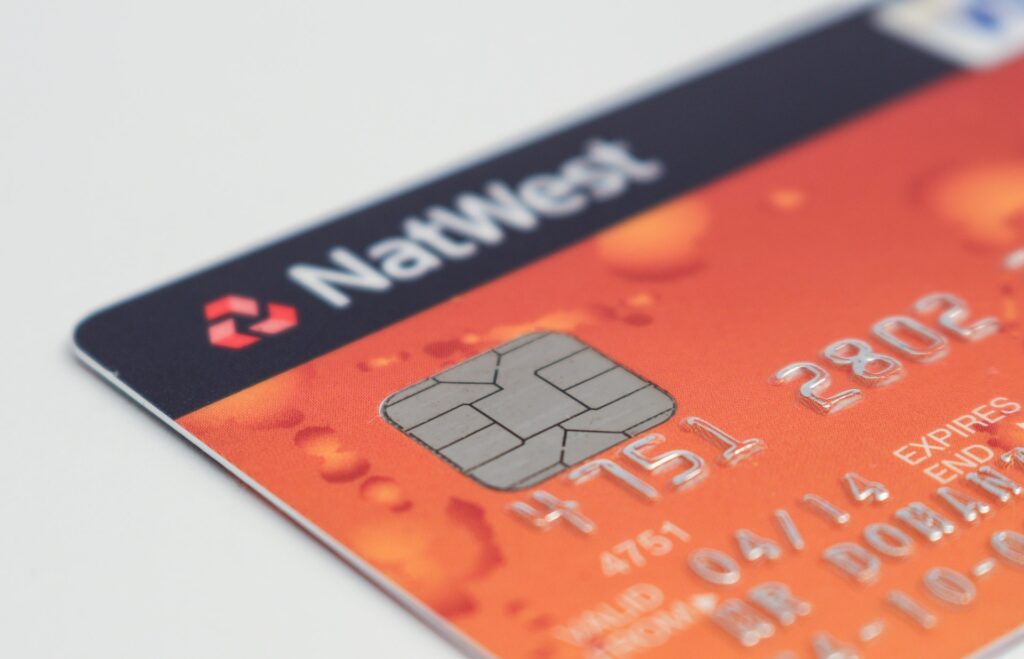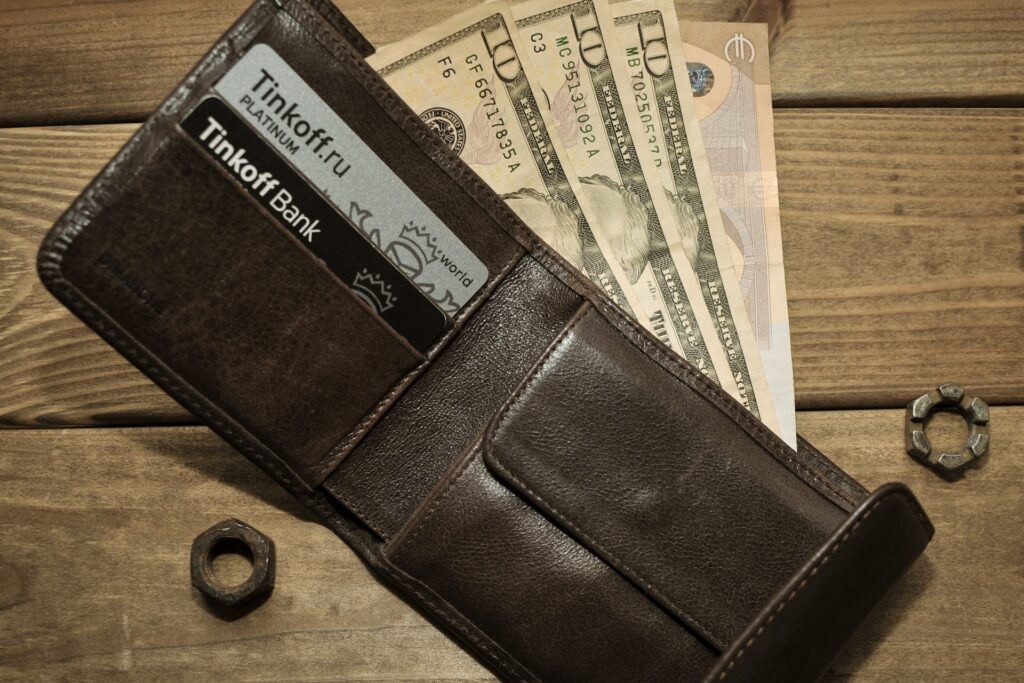Crypto
How To Invest $150 | Beginner’s Guide
You’ve recently come into a little money and you want to start investing, but you don’t know where to start.
Published
3 years agoon

You’ve heard that you should never invest more than you’re willing to lose, but you also don’t want to leave your money sitting in a savings account. So where do you put your money?
In this article, we’ll walk you through some of the best ways to invest your money if you only have $150. We’ll cover stocks, bonds, and cryptocurrency, and we’ll also give you some tips on how to research each investment. Let’s get started!
How To Start Investing With $150 – Newbie Guide
You need to ask yourself a few questions before you put your money in anything at all. What are some of your goals? What is it that you want to achieve? It’s possible that you’re trying to build up your savings for a down payment on a house. Or perhaps you are interested in retiring earlier rather than later.
Whatever it is that you’re working for, you absolutely must have a crystal clear vision of where you want to get to.
When you have a clear idea of what you want to accomplish, you can begin the process of identifying investments that will move you closer to your objective. For instance, if you are putting money aside for a down payment, you may want to think about investing your money in a mutual fund or a savings account that offers a high rate of return.
Make sure you do your homework before committing your hard-earned money to any course of action, because you want to ensure that you are making the best choice possible with it.

RELATED: How To Invest $100 | Beginner’s Guide
Choose an Investment Vehicle
So you’ve got $150 to invest. That’s great! But now the question is, what’s the best way to do that?
There are a few different investment vehicles you can choose from: stocks, bonds, mutual funds, or exchange-traded funds (ETFs). Each has its own risks and rewards, so it’s important to do your research and understand what you’re getting into.
If you’re just starting out, I would recommend going with a mutual fund or an ETF. They’re both a little less risky than stocks or bonds, and they offer a diversified portfolio of investments.
But whatever you do, don’t just invest your money and forget about it. Make sure to stay on top of your investments and re-evaluate them every few months to make sure they’re still right for you.
Consider Using Dollar-Cost Averaging
When it comes to making investments, you have a number of various choices available to you. You have the option of putting all of your money into a single investment; however, this is a risky decision that could result in you having no money left over if the investment fails.
One strategy that can help reduce risk is to invest your money in a variety of different markets. This strategy is known as dollar-cost averaging, and it is an excellent method for minimizing risk.
The way it works is as follows: on a monthly basis, you invest a predetermined amount of money in a number of various ventures. You won’t lose everything if you don’t put all of your eggs in one basket. Your returns will become more consistent over time as a result of this, and it will also assist you in avoiding significant losses.
Decide How Much Risk You’re Willing to Take On
When it comes to financial matters, there is no answer that is applicable to everyone. First, you need to determine how much risk you are willing to face, and then you may search for investments that are suitable for the level of risk you are comfortable with.
For instance, if you are the kind of investor who prefers to play it safe, you might opt to keep your money in a savings account or buy a certificate of deposit (CD). These are investments that carry a low level of risk, and in most cases, they come with a return that is assured.
On the other hand, if you have a higher risk tolerance, you might prefer to put your money into stocks or mutual funds. These kinds of investments tend to be more susceptible to market swings, but they also carry the possibility of generating greater profits.
It is imperative that you keep in mind that there is always some risk associated with investing, and because of this, you need to ensure that the level of risk that you are taking on is comfortable for you.

Review Your Investment Periodically
It is essential to conduct regular audits of your investments to see whether or not they continue to support your long-term objectives. If you first purchased in a stock because you anticipated it would expand quickly but it has been performing poorly, you may want to consider selling the stock and reinvesting the proceeds in something else.
The same thing applies if there has been a lot of volatility on the market and you are uncertain about whether or not your initial investment is still the best decision.
You can ensure that your money is working hard for you by conducting regular checks on your investments and monitoring how they are performing.

Take Note
If you only have $150 to your name, don’t worry – there are still some great ways to invest your money and see a return on your investment.
Here are a few tips for investing your money if you’re just starting out:
– Look for high-yield savings accounts or CDs
– Consider a mutual fund or ETF
– Invest in real estate or stocks
Remember, it’s always important to do your research before investing, so make sure you know what you’re getting into before you put any money down. With a little bit of planning and effort, you can make your $150 go a long way.
RELATED: 20 Proven Ways To Make Money Online For Beginners | 2022 Complete Guide
Ansherina is an Asian student majoring in political economy. She is an ambitious person who isn't afraid of adversity. She enjoys a wide variety of article writing. She cares deeply about her work and is competent in her field.
You may like
-


How to Find the Best Green Technology Start-Ups to Invest In
-


How to Maximize Returns by Investing in Private REITs
-


How to Invest in the Future of Transportation Such as Autonomous Cars and Drones
-


What are the Best Options for Investing in the Circular Economy
-


What are the Best Strategies for Investing in Infrastructure Debt
-


Squirrel vs. Moneybox: A Comparison of Savings and Investment Apps

Best Problem-Solving Strategies In Business

How to Start Affiliate Marketing Through Amazon

How to Plan A Wedding On A Budget

10 Reasons Why Budgeting Is Important












